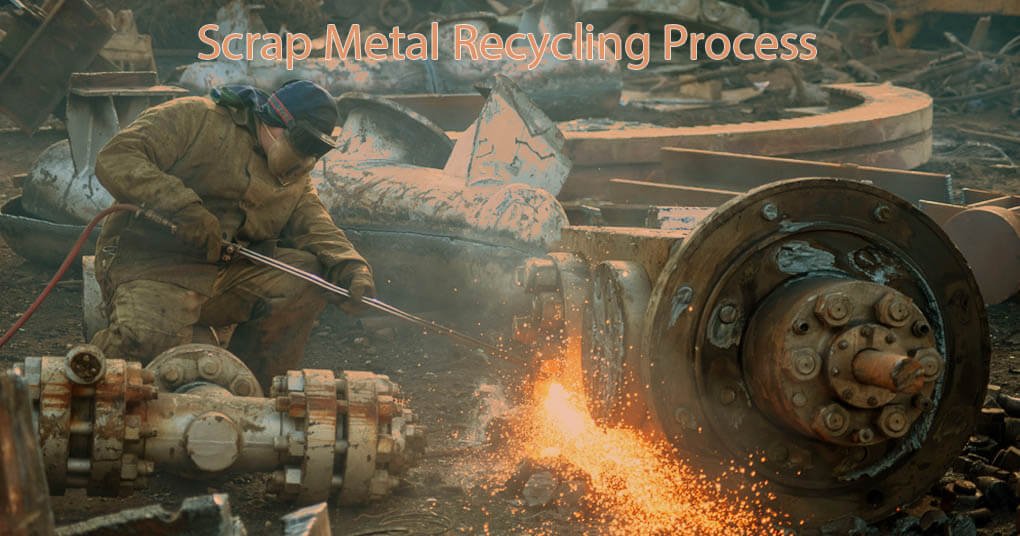You must understand how metal recycling works if a significant portion of your waste materials are metal. The good news is that metal can be easily recycled and used again without causing too much trouble. Metal recycling from scrap Copper, brass, aluminium, lead, zinc, and nickel-containing scrap are all handled in Brisbane.
We provide metal collection for customers who require assistance controlling their commercial waste stream. Professional waste management enables you to jump-start recycling and prevents landfill contributions.
We provide metal collection for customers who require assistance controlling their commercial waste stream. Professional waste management enables you to jump-start recycling and prevents landfill contributions.
We follow the waste hierarchy, beginning by eliminating waste where possible and rethinking our procedures. Before materials leave your site, we strive to reduce, reuse, and recycle as much leftover waste as possible.
IS METAL RECYCLING EASY?
In contrast to other materials like plastic, metal is recycled repeatedly. Even when working with ferrous or non-ferrous metals, scrap metal brisbane maintains its original qualities because it is a durable raw material. Steel and other ferrous metals are recycled more regularly. It explains why people in the scrap industry frequently mention a shortage of scrap steel. Despite this, you can still participate in recycling if you’re creating scrap non-ferrous metal, like aluminium and copper.
The majority of metal varieties that you’ll be accustomed to are quite recyclable. Silver, gold, and brass are some of these metals. Therefore, choosing other raw materials will require less consideration than picking metal, which may need more thought.
How Does Scrap Metal Recycling Work Practically
Metal recycling involves recycling it through four major steps. Although you won’t need to worry about these processes as a provider, it can be useful to be aware of all the specifications for metal recycling. Recycling plants must adhere to tight standards to prevent environmental harm. Operators must also be mindful of the risks because metal recycling is most effective when temperatures are very high. When learning about metal recycling, health and safety should always come first because numerous components and pieces of equipment are involved.
Segregation:
Scrap metal must first be separated before it can be recycled. Metals frequently arrive at recycling facilities mixed up after being collected. Because of this, the first step in recycling metal is always to organise the metal, considering its type, weight, and size. This stage is occasionally referred to as media separation when determining various metal densities. Aside from removing unwanted products like rogue plastics that need a different recycling procedure, sorters will also go through scrap metals to remove any unintended consequences.
To ensure that the load is purified, this sorting procedure is essential. Separating valuable metals that can be saved for eventual sale to scrap yards also helps. When metal recycling first became popular, metals were manually separated; however, today, a large portion of this sorting is automated, utilising magnets and sensors to identify various metal types as they pass on a conveyor belt. The operation is more productive because of these recently discovered metal processing techniques.
Long-term, this drastically slows the production of non-essential goods while also meeting the needs of the recycling sector. Up to 95% of the metals dumped in landfills after passing through yards are recovered with current technology.
Preparation:
Metals are frequently shredded in addition to cleaning to speed up the recycling process and use less energy. This crucial stage guarantees that each type of metal is comparable to feasible and follows media separation. Aluminium, for instance, is transformed into thin sheets.
Making metal stacks into little lumps is done mostly for environmental reasons. This method of compacting metal reduces emissions produced after burning, a factor that the metal recycling sector frequently examines.
Burning:
The handling procedure is complete once each metal has been crushed to a comparable density. Metal is then moved from this location and heated up in a furnace. Eventually, the heat produces molten metal (the desired outcome of metal recycling).
The melting point of the metal determines how long it takes to melt the metal successfully. Although reducing the amount of the metal speeds up the process, the type of metals in the furnace will ultimately determine how long it takes to complete. For instance, while iron has a much greater melting point (1,510°C), a metal like zinc has a comparatively low melting point (419.5°C).
Formation:
Ingots are created from metal expelled from the furnace and contain the substance in its purest state. Then, these ingots can be refined and formed for their subsequent use. Metals are frequently shaped into bars or conveyed to production plants as liquid or powder.
Metals, as we all know, may be used in countless different ways without losing their original properties. Therefore, recycled metals deliver straight to suppliers and manufacturing facilities. These facilities then use the recycled resources to create new goods, just as they would with pure metal.
Cash for Scrap metal recycling Brisbane?
Look up “scrap metal recycling Brisbane” The best place to sell your scrap metal is at BNE Copper Recycling. For free scrap metal pickup, get in touch with us. All kinds of scrap metal are collected in Brisbane.
